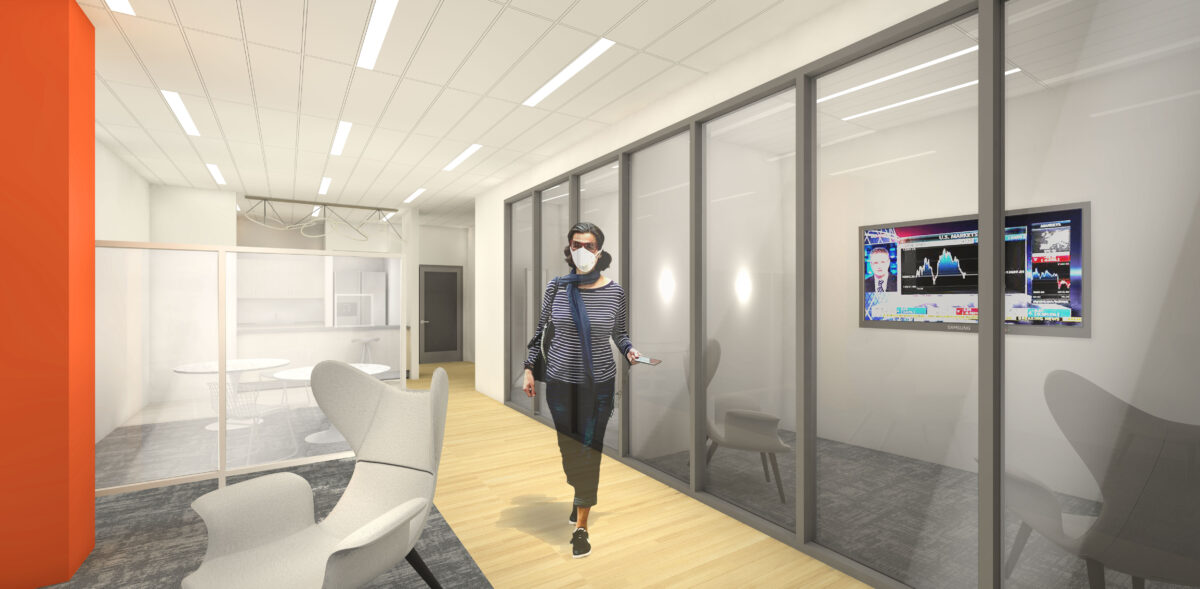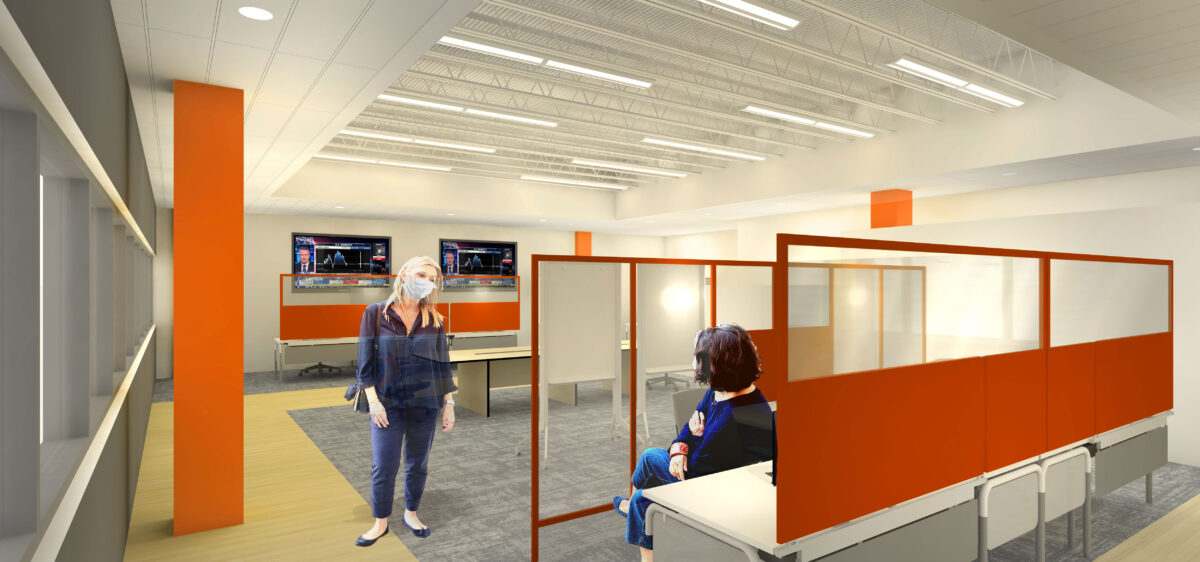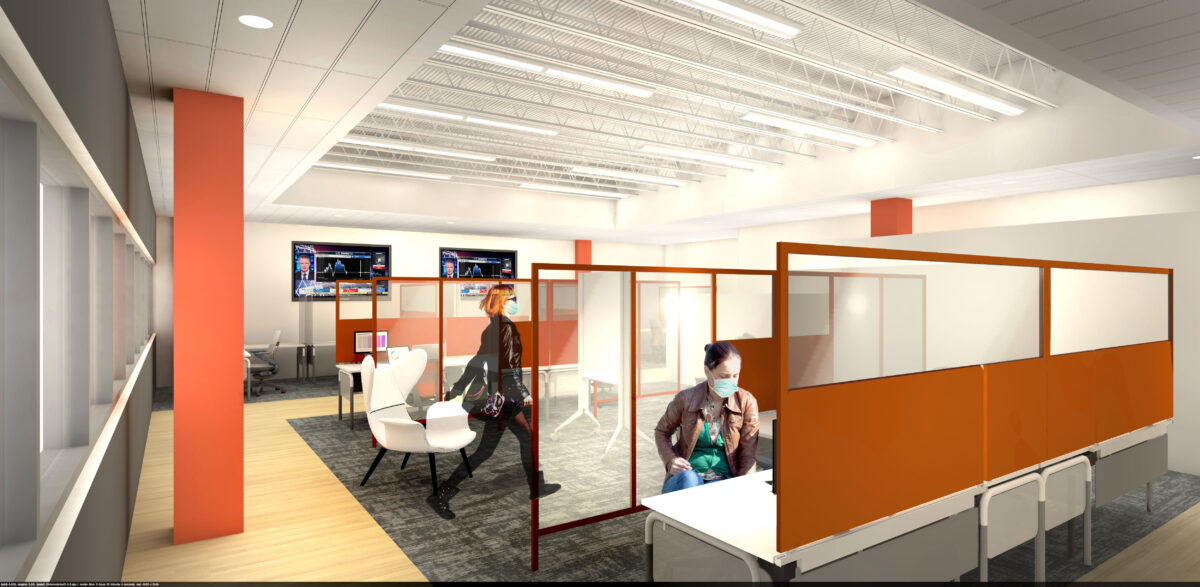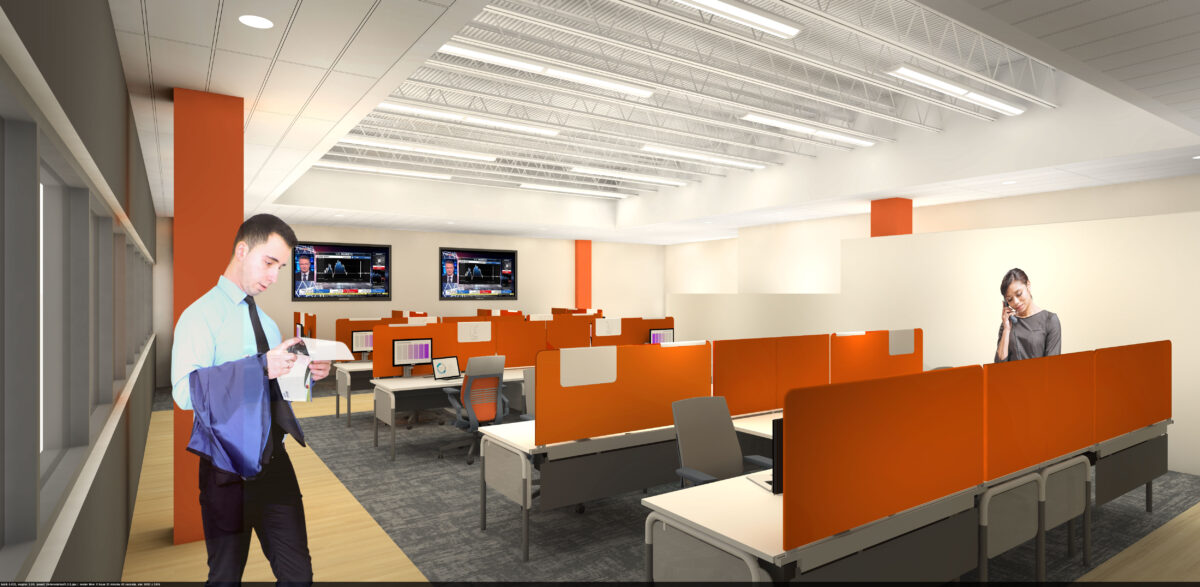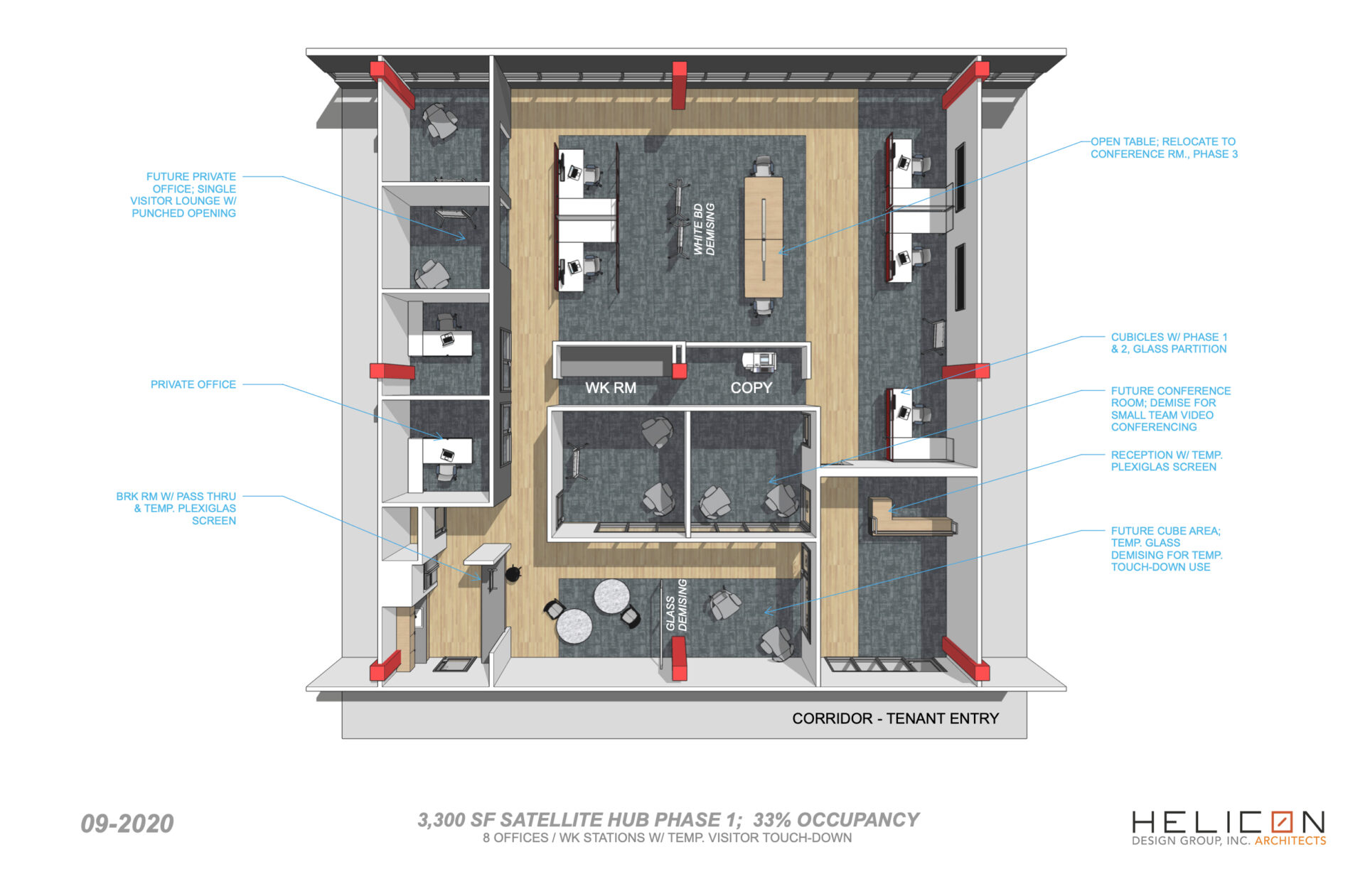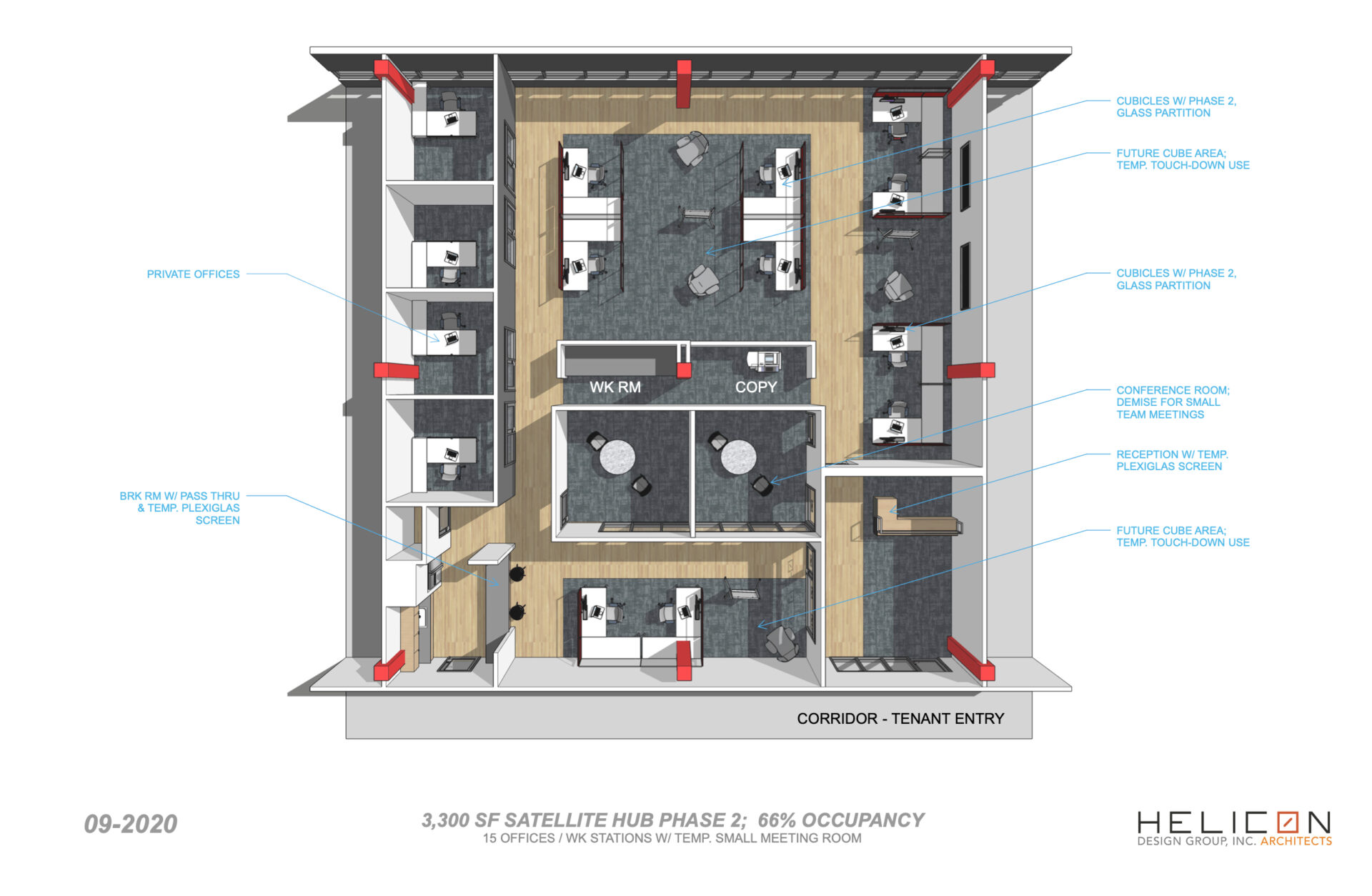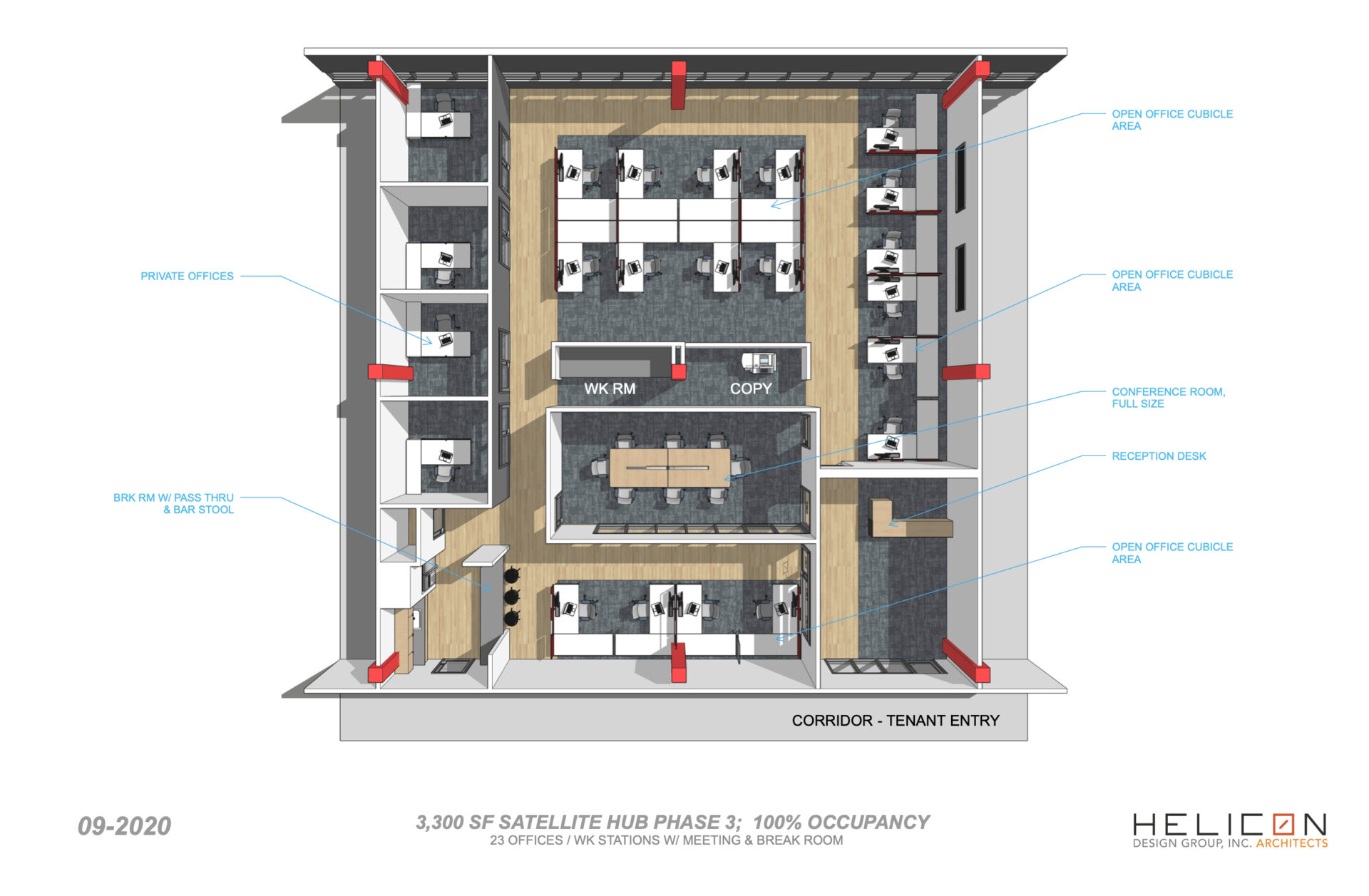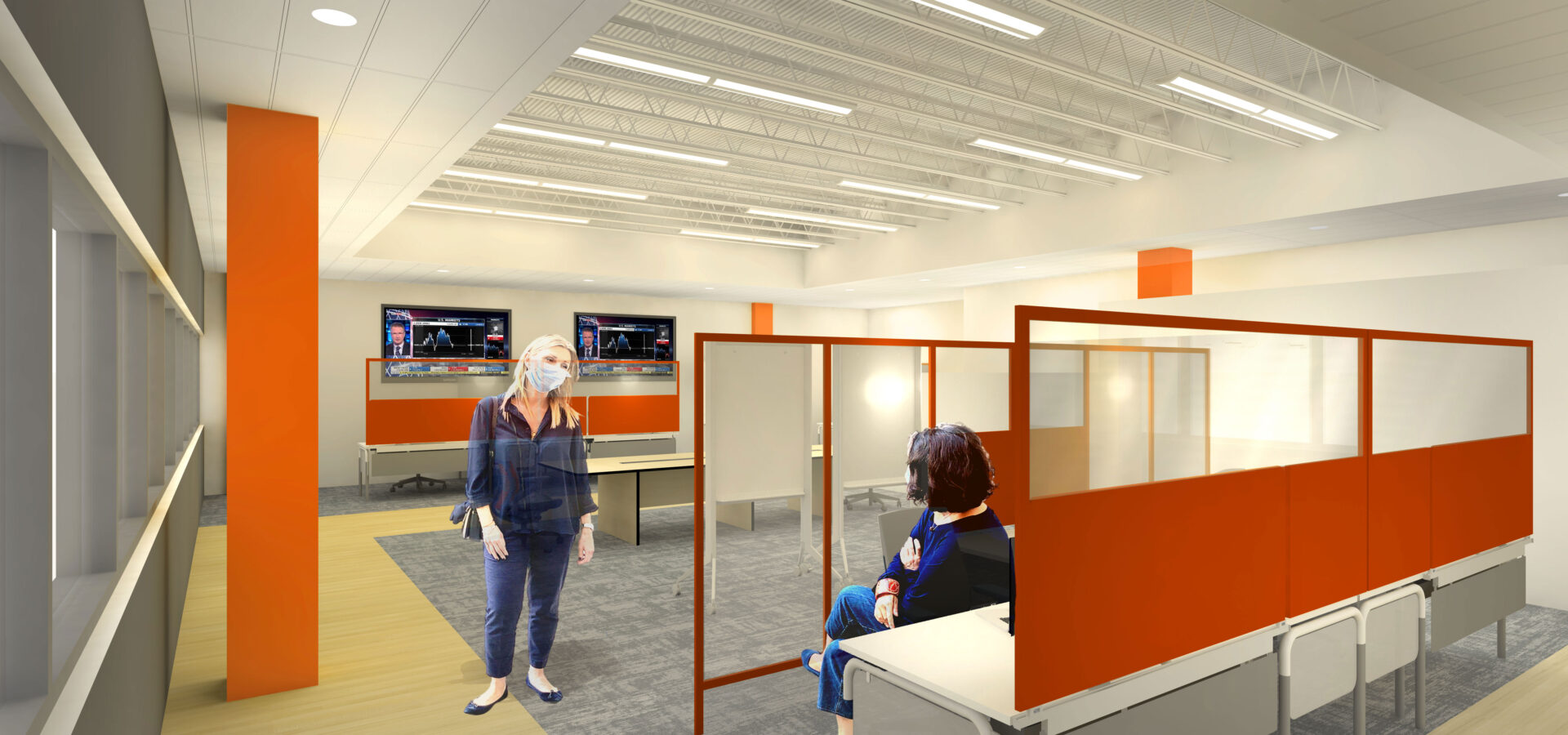
The wreckage of the hospitality and entertainment real estate sector has been evident since the start of the COVID pandemic, but the effect on the commercial office space market is yet to be seen.
Recently, the metro Boston office sublet market was estimated to have doubled, hitting a 10-year high.
There is encouraging news of improvements in ultraviolet HVAC technology that can treat recirculated air. But in terms of refitting office space with plexiglas screens and ersatz shower booths for everyone — aside from presenting a visual solution — those barriers are hardly psychological supports, especially when confidence in being in enclosed spaces with other people is the main ingredient of getting back to what office life used to be.
And would we really want to anyway? For office workers (especially in large cities) maybe the one positive of the pandemic is the new sober view of their commuting rat-race, their missed yoga classes, their monthly late pickup fees at the day care center.
Counter to prior beliefs, we realized, when we were forced to, that a good portion of services could adequately be provided remotely. And in some cases, they could be provided better.
Certainly, the quality of life was. (We haven’t polled parents yet.)
So to us, and many others, the real lesson of the pandemic — and perhaps the office space sector going forward — is not how we design spaces that are COVID-proof (since a vaccine may dispense with all that) but how do we blend in a remote work force going forward?
Our basic need for the pulse of community and social interaction is essential for all of us, but the large, centralized office may turn out to be the 21st century dinosaur. Down-sized central mother-ships visited weekly or bi-monthly by all employees might be coming — who otherwise will congregate and meet more frequently at satellite locations for their team work.
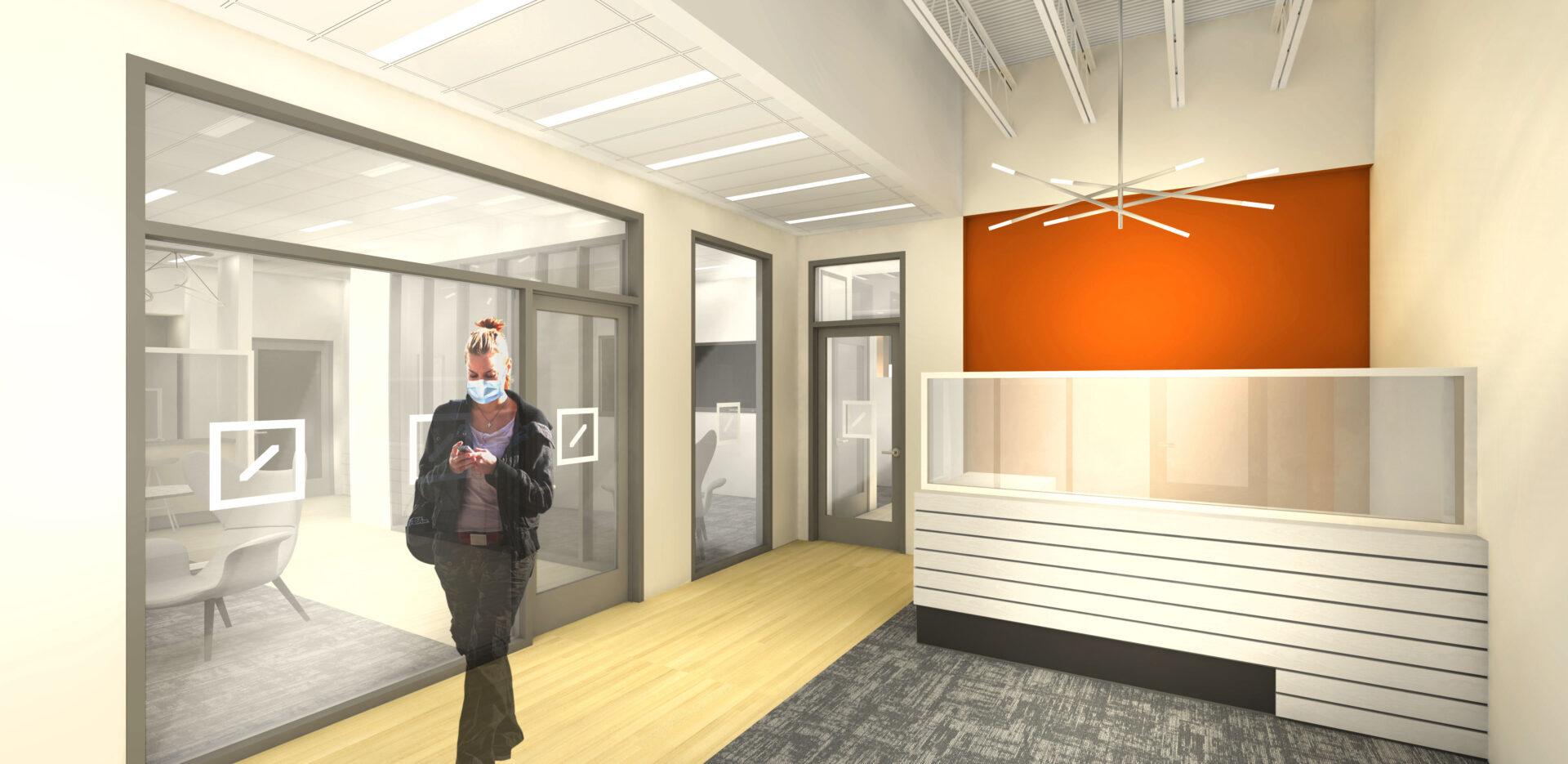
More than a few of us will not be surrendering our remote option very easily, perhaps telecommuting 2 days a week, or more, into the future.
Helicon has studied a 3,300 SF prototypical satellite location for 25 employees that looks at three phases of occupancy, two of them illustrating partial, pre-vaccine occupancy, and the final virus-free phase when conventional cubicles and conference rooms are finally configured.
The pre-vaccine configurations illustrate how the main conference room can be split for two smaller video conference or temporary visiting employee areas, and future private offices can be used for socially distant spaces connected to the main area.
As density increases, existing furniture inventory can continue to be refit with mitigating screens, and smaller, single occupancy rooms continue to be used until the final, virus-free configuration is achieved, and the satellite “remote” team is fully established.
The pandemic will eventually subside, and office work will return. It just might be a little more convenient to where you live — and your dining room table may not be returning to it’s former use anytime soon.
